Been looking for low power devices and liked the concept. Pity they’re discontinued
- 40 Posts
- 339 Comments
Thanks! The AI bots haven’t found me yet fortunately.

 18·12 days ago
18·12 days agoReally feeling this, the first paragraph could’ve written by me and I switched to Navidrome as well some months ago.
Btw, your RSS feed seems to be broken:
https://lukecyca.com/lukecyca.xml
XML Parsing Error: not well-formed Location: https://lukecyca.com/lukecyca.xml Line Number 46, Column 50: <title>Macintosh Classic II Refurbishment & PiSCSI Enclosure</title> -------------------------------------------------^
No IDS/IPS yet, I want to try it at some point, but I’m not sure how well my old hardware will handle it (PC engine APU2C4).
Thanks for your answer, pretty much what I’ve been looking for I think

 4·20 days ago
4·20 days agoHm, weird, our concrete walls and ceilings aren’t that bad

 4·20 days ago
4·20 days agoIdk how large your house is, but our house (3 stories + basement) and garden are easily covered by a single wifi router, so needing 3 doesn’t sound so great

 2·20 days ago
2·20 days agoTrue, there’s a already a few you actually need to remember to get to the vault.

 11·21 days ago
11·21 days agoI gave up on remembering them.
pwgen -y 40and straight into Vaultwarden

 1·23 days ago
1·23 days agoHell yeah!

 2·24 days ago
2·24 days agoRunning multiple things in one host is perfectly fine. The more you have, the more complicated dependencies will become. Tool A needing PHP < 8 and tool B needing PHP 9 can be handled but is a headache.
That’s why many people are using containers, specifically Docker. Each tool brings their own dependencies that are running isolated. Not sharing dependencies is more resource intensive but easier to handle.
I’m not running the tools you mentioned but probably they list their resources requirements. I suggest you to check containers/Docker and consider using them instead of installing the tools natively.

 2·25 days ago
2·25 days agoOh hey I just thought about setting up a journal! Maybe I’ll check it out

 2·26 days ago
2·26 days agoSounds cool, which software are you using?

 11·26 days ago
11·26 days agoOh no!

 1·26 days ago
1·26 days agoIdk Beszel, but generally you could check if you can increase the session expiration time in the config or put it behind some SSO like authentik
Rolling releases, great docs, great amount of software available with the package manager, especially with the AUR.
I went through the manual installation a few times and while the general process is annoying and error-prone, after setting up the basics many things worked great out of the box, even the printer I once had. I’m on Endeavour now which mostly does exactly what I want.

 5·29 days ago
5·29 days agoExcerpt from the Wikipedia introduction:
Yarvin has been described as a “neo-reactionary”, “neo-monarchist” and “neo-feudalist” who “sees liberalism as creating a Matrix-like totalitarian system, and who wants to replace American democracy with a sort of techno-monarchy”.[14][15][16][17] He has defended the institution of slavery, and has suggested that certain races may be more naturally inclined toward servitude than others.[3][18] He has argued that whites have inherently higher IQs than black people,[18] and opposes U.S. civil rights programs.[19]

 1·1 month ago
1·1 month agoNot sure if this supports similar variables. I guess generally the migration should be easy as everything is already in the necessary structure but I haven’t tried it yet. I only have bindmounts that are in-repo, everything else is docker volumes.
One feature Komodo offers that I’m not yet using is multi-node support. I do have multiple nodes and it would be convenient to have them all configured in one place but IDK if doco-cd has something similar.

 6·1 month ago
6·1 month agoOf course I could use something entirely different, but that’s not the point isn’t it?


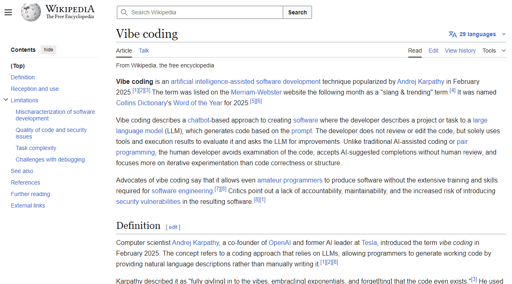
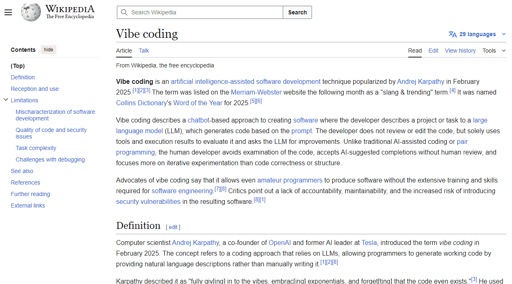

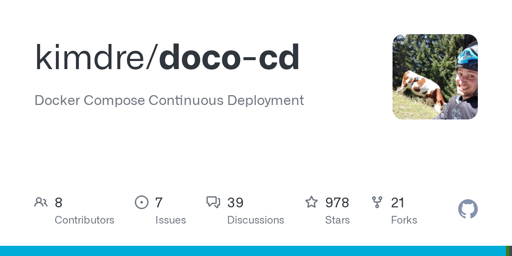
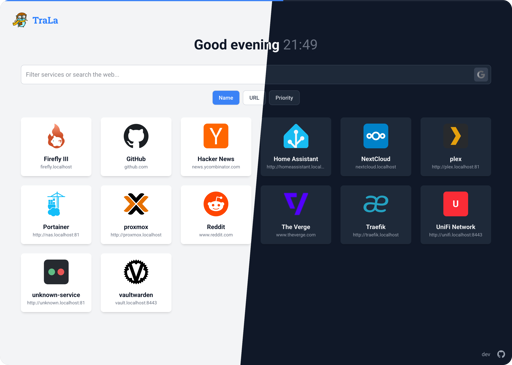

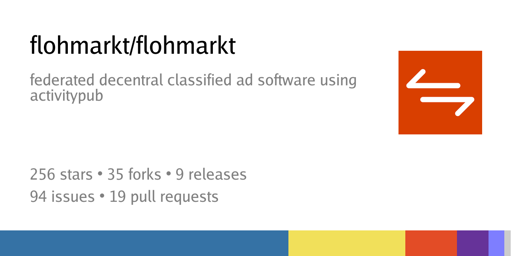
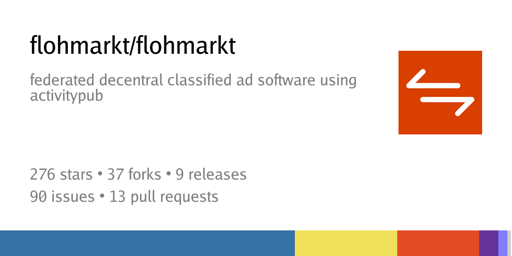



Also works cross stack if you assign the containers the same network.